From the East Coast to the West Coast, the Midwest, the Rockies, and even in Alaska, it was an incredibly hot summer all across the US. And while climate change is unquestionably bearing the brunt of the blame for this heat wave, experts say corn is also contributing to the intense temperatures, at least throughout the Midwest.
In fact, the moisture or “sweat” the corn crops release is dramatically increasing the temperatures as well as the humidity across the region. Experts say something needs to change, and soon.
The Midwest Experienced One of the Hottest Summers on Record This Year

Residents across the Midwest, including those in Illinois, Iowa, Kansas, Michigan, North and South Dakota, Ohio, and several other states, experienced record-breaking temperatures throughout the summer of 2024.
Even now, as fall approaches, the region is still regularly experiencing the once-rare 90- to 100-degree days. Of course, climate change has a considerable effect on the rising temperatures, but so is the Midwest’s favorite crop.
The US Is the Largest Producer of Corn in the World
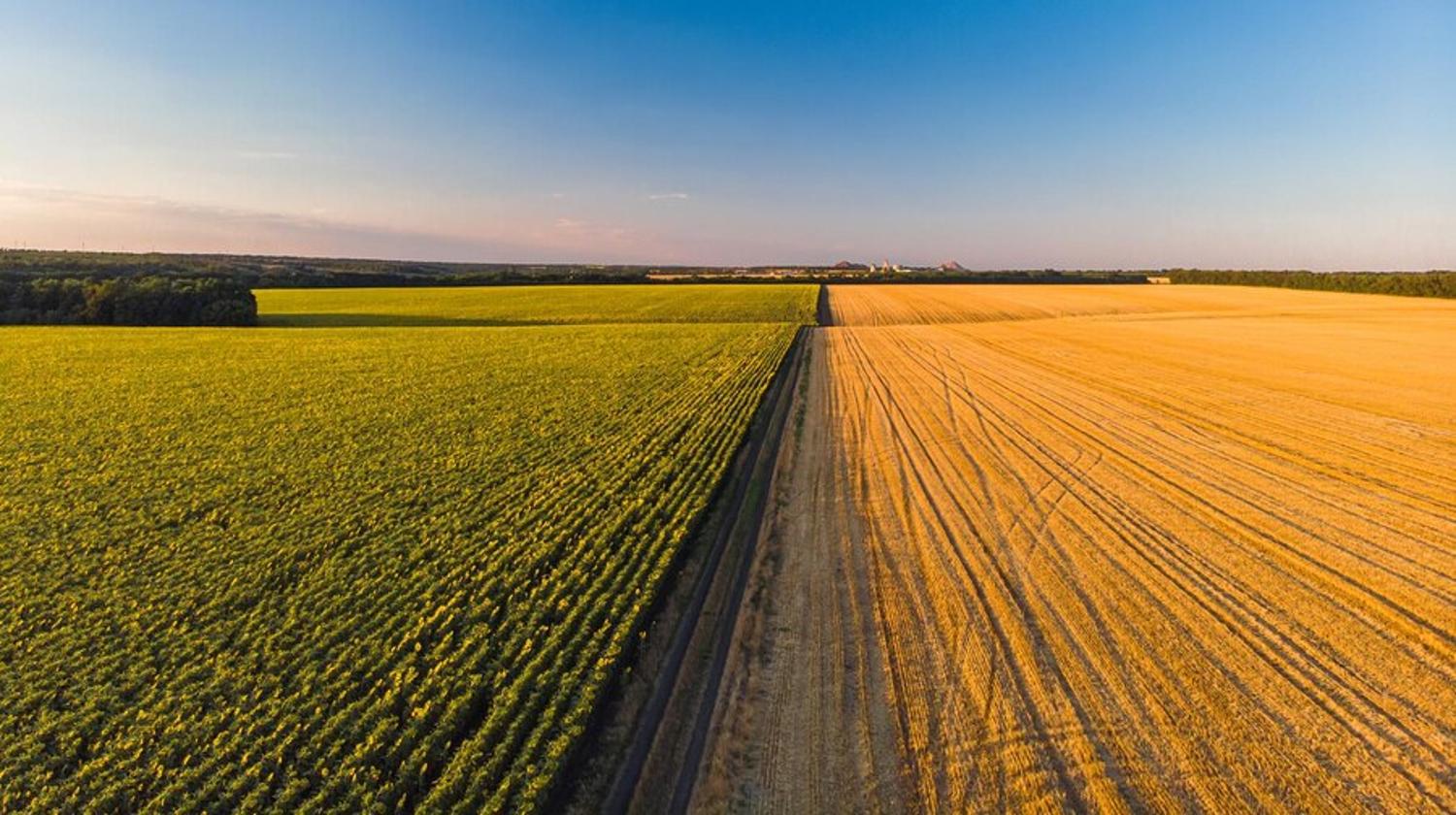
Many people don’t realize that the US is the “largest producer, consumer, and exporter of corn in the world,” according to the US Department of Agriculture (USDA).
Some 91.5 million acres of corn are currently growing in the United States, more than one-third of which is grown in the Midwestern states of Iowa and Illinois. And while millions of residents in these states make their livelihoods from corn, the crop is also causing several problems.
Americans Use Corn for a Wide Variety of Products
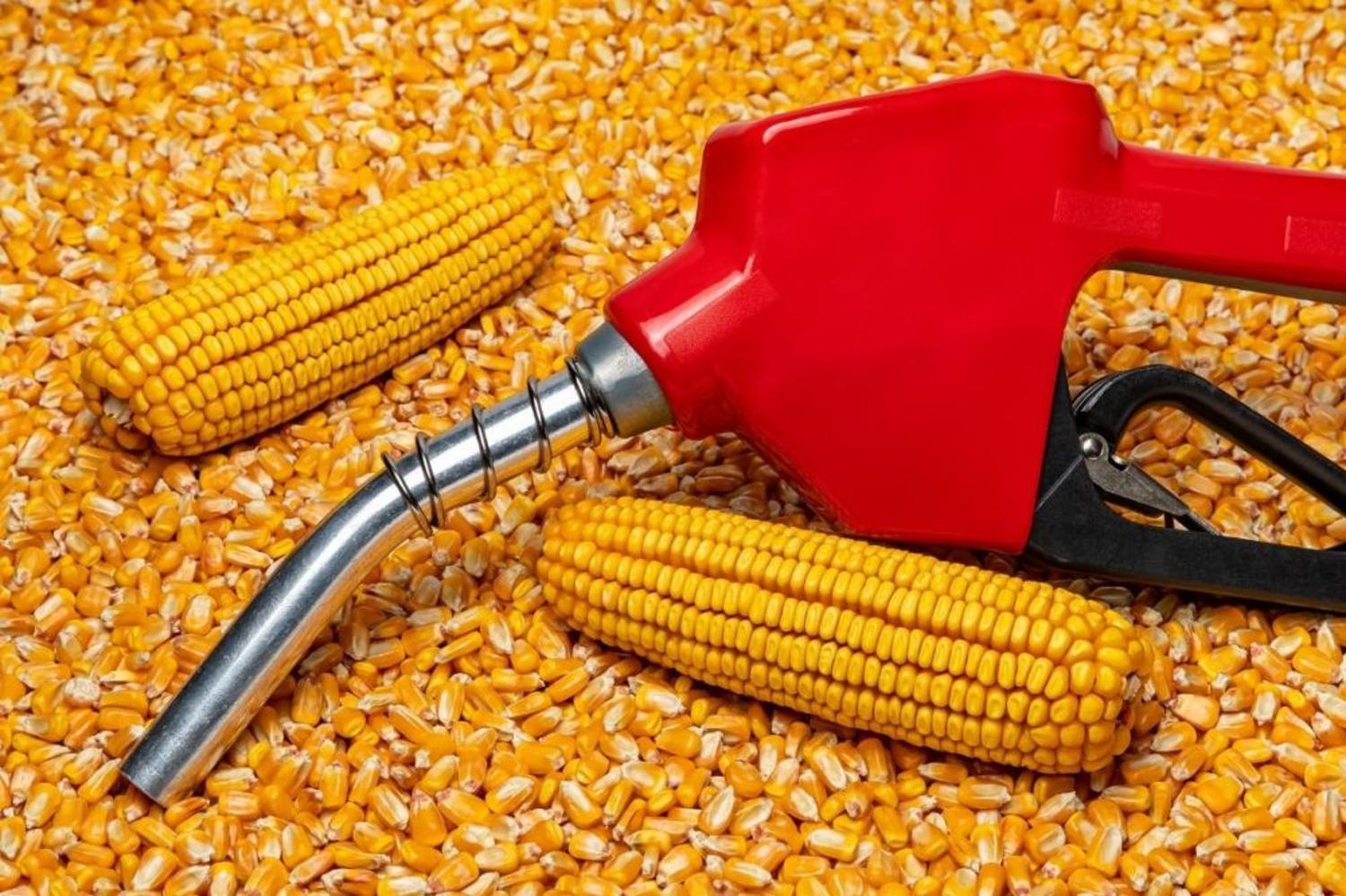
It’s important to understand that corn is an exceptionally important crop for the American economy, bringing in more than $73 billion annually.
According to the USDA, “Most of the crop is used domestically as the main energy ingredient in livestock feed and for fuel ethanol production. [But it’s] also processed into a multitude of food and industrial products including starch, sweeteners, corn oil, and beverage and industrial alcohols.”
The US Is Growing More Corn Than Ever Before
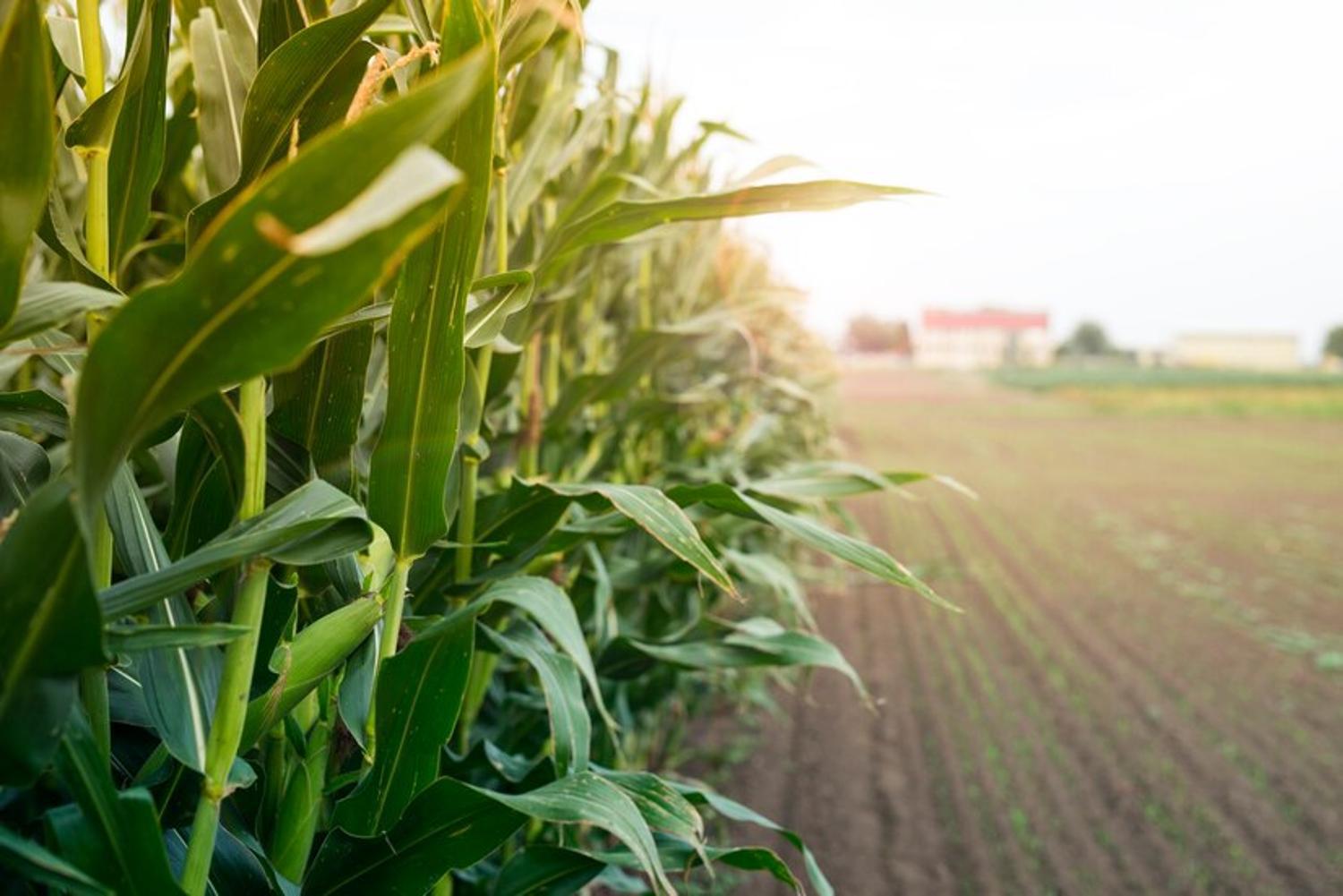
Although the United States has always been a major producer of corn and corn products, in recent years, the nation has started growing more of the wildly lucrative crop than ever before.
In the 1980s, there were only 60 million acres of corn in the US, but there has been more than 90 million since 2018. Additionally, the number of large corn farms (more than 500 acres) has grown while the number of small corn farms (less than 500 acres) has decreased.
Why Is the US Producing so Much Corn?

In 1996,the Federal Agriculture Improvement and Reform Act was passed and it “permit[ed] farmers to make their own crop planting decisions based on the most profitable crop for a given year.”
And as the USDA explains, “Strong domestic demand for livestock feed and fuel ethanol coupled with growing exports has led to higher prices, providing incentives for farmers to increase corn acreage.” So, in the simplest of terms, farmers are growing more corn because it makes them more money, and because there are no regulations saying they can’t.
The Dangers of too Much Corn
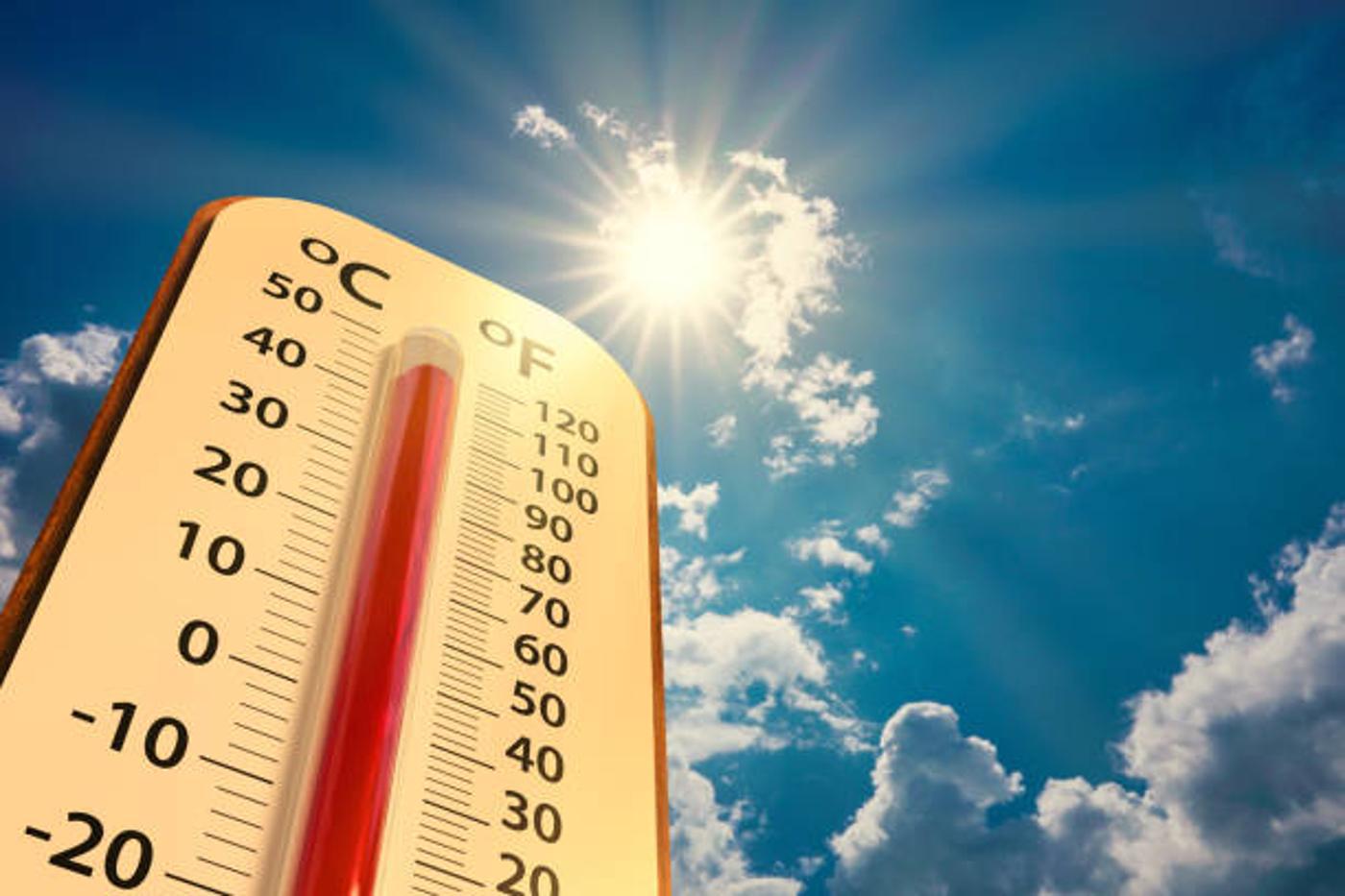
However, while it seems as though the US could never have too much corn, the truth is that there is a very real downside to the constantly growing crop: it is contributing to heat waves across the Midwest and even the country.
A new study shows that the moisture or “sweat” that corn releases on warm days is affecting the air temperature and humidity across the Midwest.
How Does Corn Sweat Affect the Weather?

Like other crops, corn uses a process called evapotranspiration to collect the water from the soil that it needs to function, and then releases the rest of the water it doesn’t need into the air through evaporation.
The warmer the air temperature, the more water the corn needs and therefore, more water is released through evaporation. According to one meteorologist, “just one acre of corn releases 3,000 gallons of moisture in a day,” and that number will increase as temperatures rise.
More Moisture in the Air Means Higher Humidity
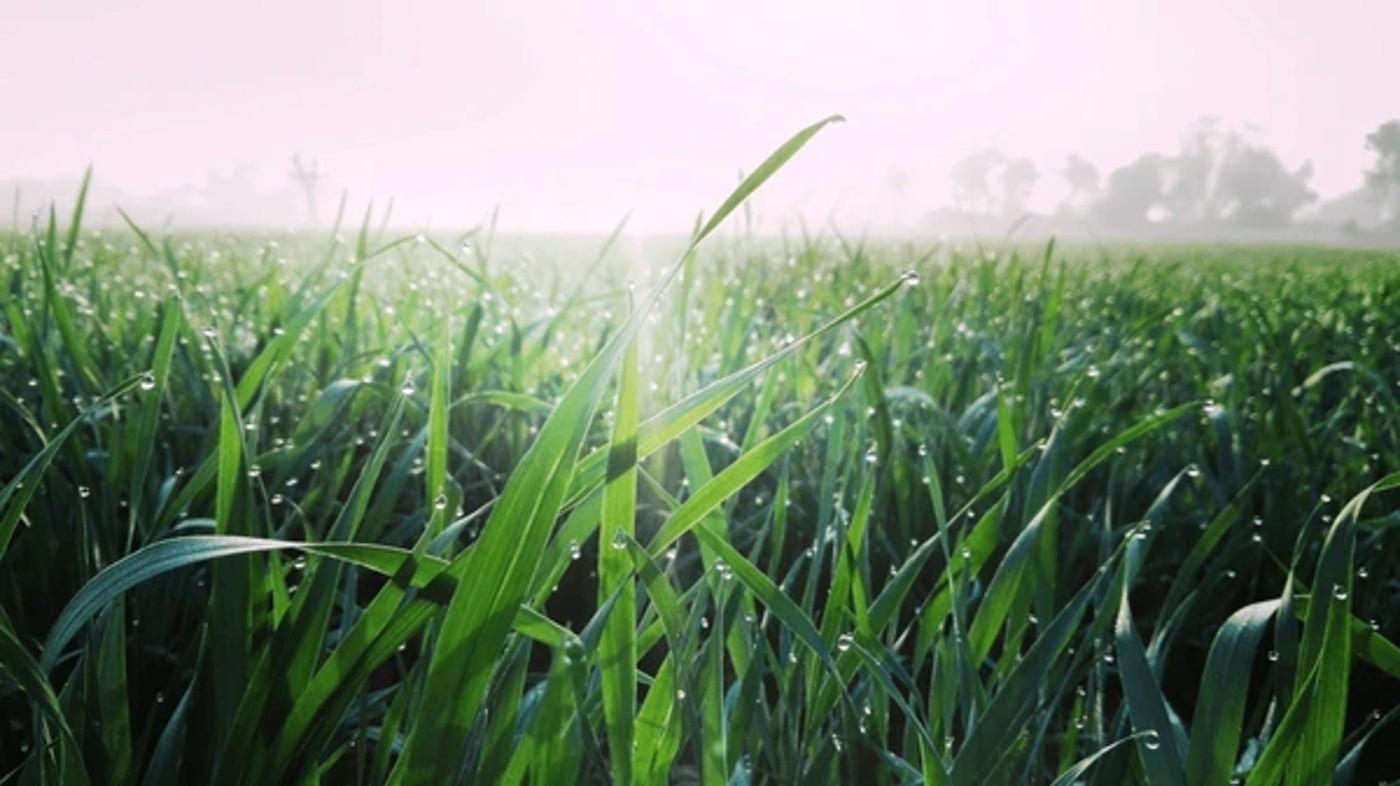
That added moisture in the air released by the more than 90 million acres of corn will not only increase the air temperature in the surrounding area, it will also drastically elevate the humidity levels.
In fact, experts say that corn crops “can bump the humidity on a hot day by up to 30 or 40 percent.” The corn dilemma is truly a vicious circle because as global temperatures rise, the corn then creates even more heat and humidity, further increasing global temperatures.
Why Are Heat Waves so Hazardous?

Heat waves, like those the US has seen over the past few summers, aren’t just uncomfortable, they are also extremely dangerous. Of course, heat waves can negatively affect the natural ecosystems of the world, as well as our necessary crops, but they also threaten human life.
The US Centers for Disease Control and Prevention (CDC) reports that heat is the leading cause of weather-related deaths across the county. Each year, around 1,220 people die from extreme heat.
Are There any Solutions to This Problem?
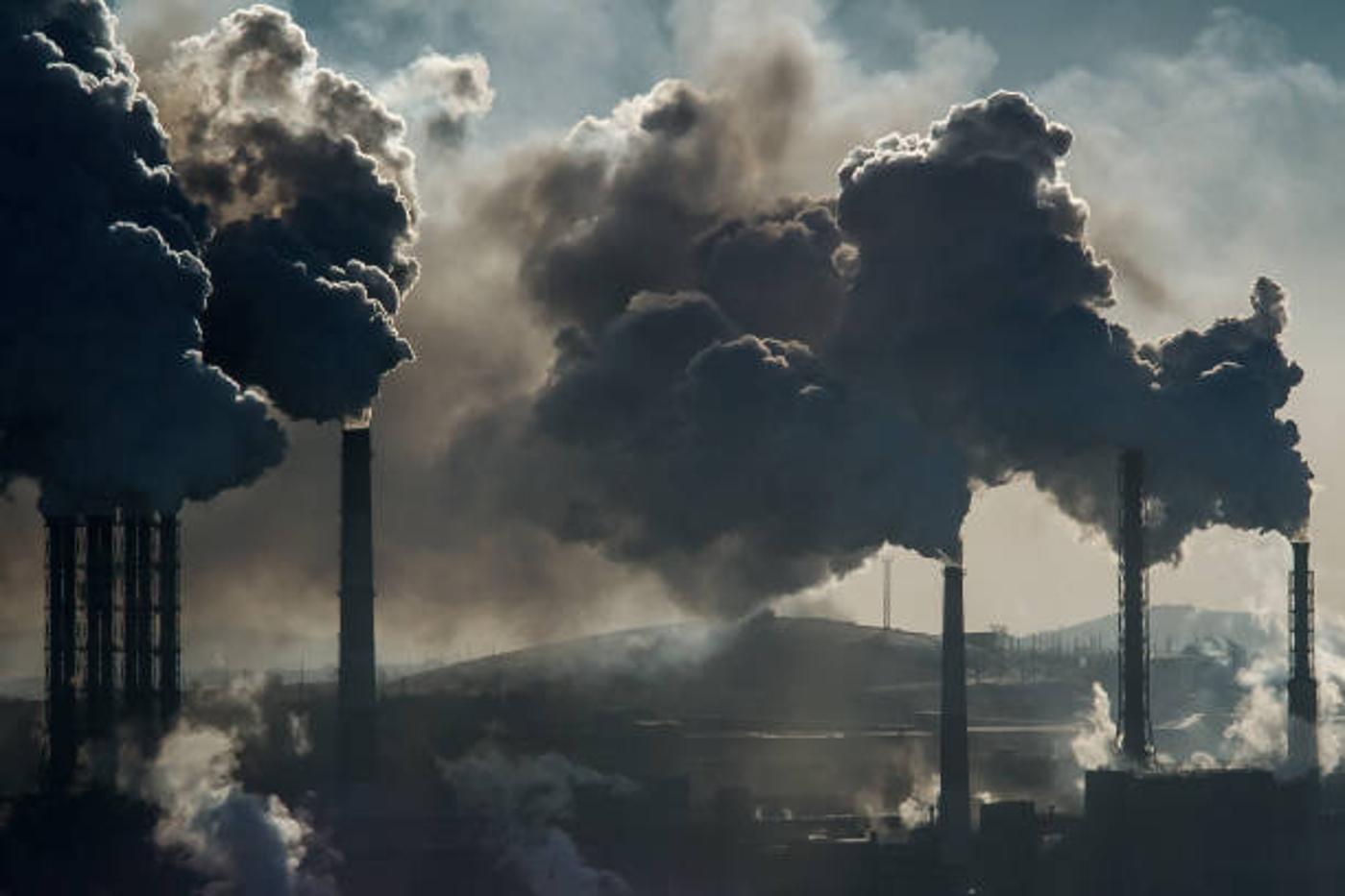
The question remains: are there any solutions to the dangerous heat waves plaguing Americans? First and foremost, addressing the major causes of climate change, specifically fossil fuel production and use is necessary.
If we can stop the planet from warming at such an alarming rate, humans may be able to save the next generation from constant heat waves every summer.
Should America’s Midwest Plant a Different Crop?
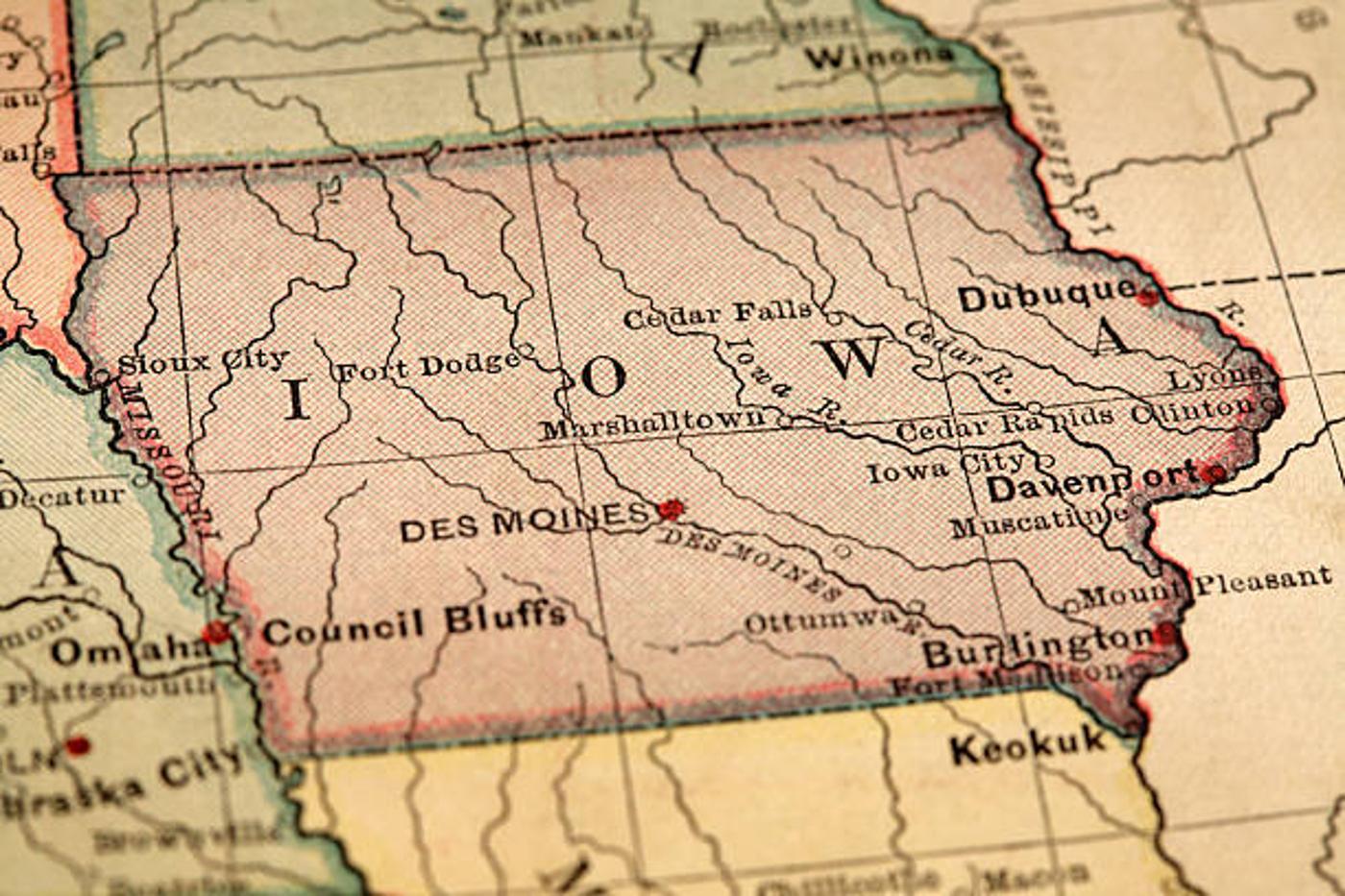
There are also some who argue that Midwest farmers should adjust their growing practices to ensure that corn sweat is kept in check. But this is a tough battle to fight as corn is so much more lucrative and easy to grow than most other crops.
The USDA reported that corn crops were up 13% in 2024 from the same time last year. It doesn’t seem that farmers are willing to give up their acreage to combat the rising temperatures, so if America wants to see a change, it will likely have to come in the form of a new government regulation.








































